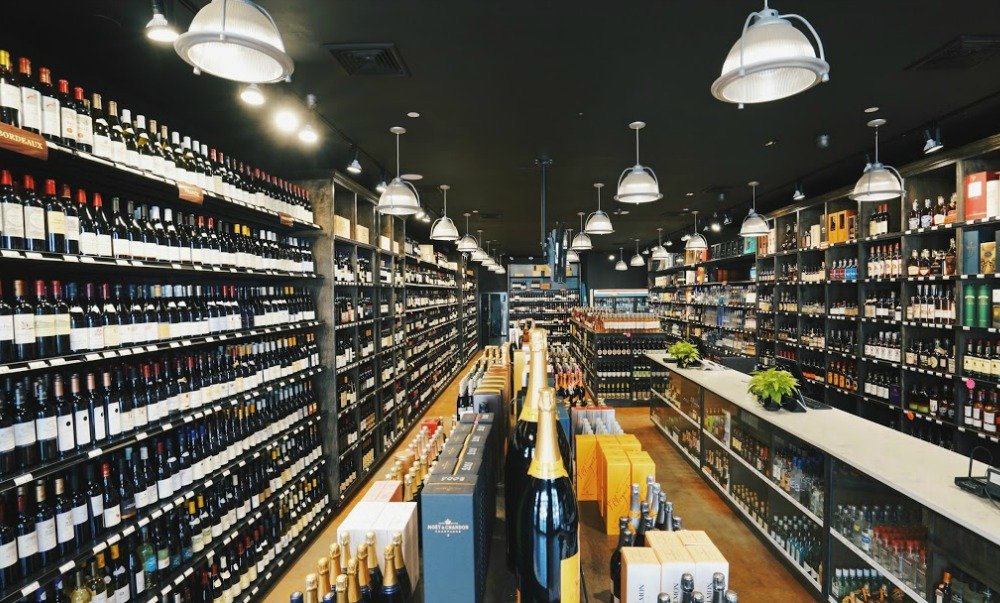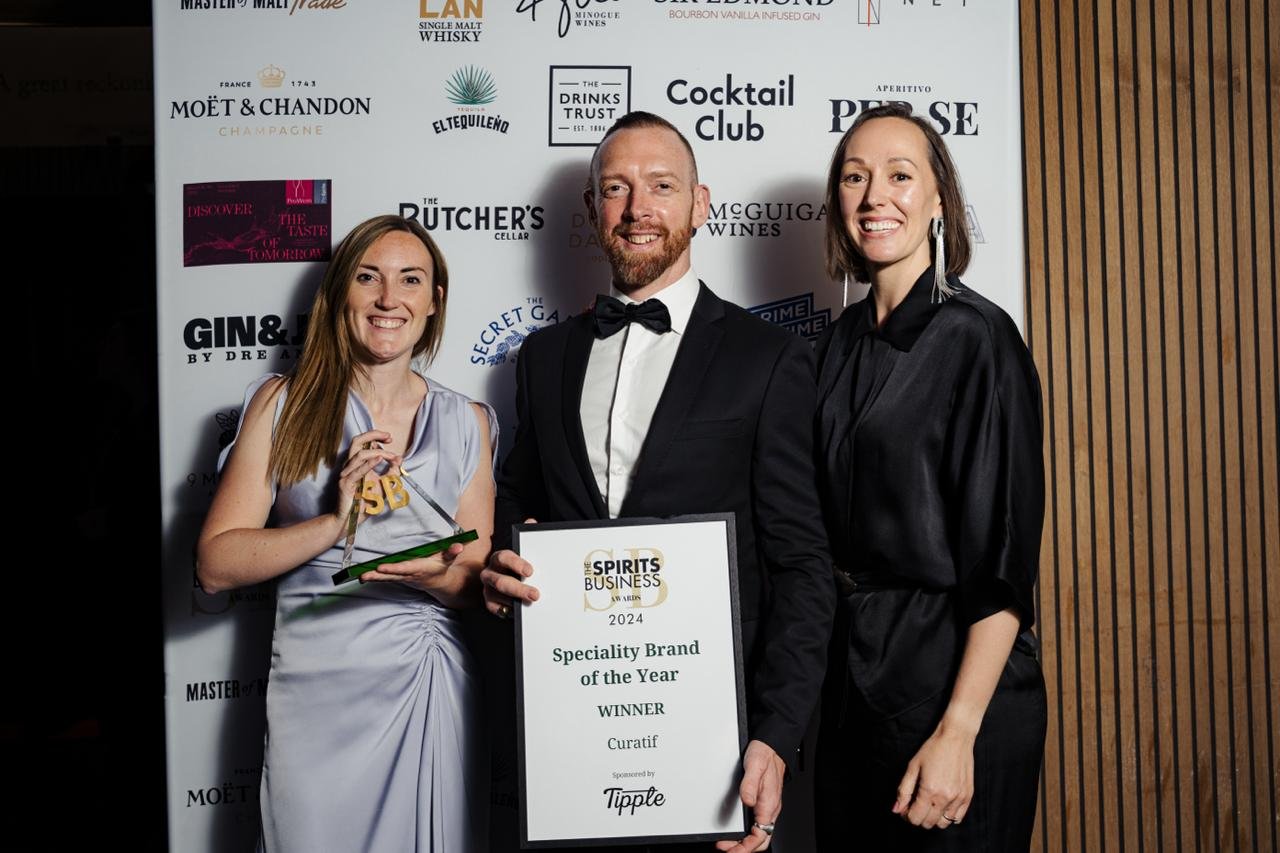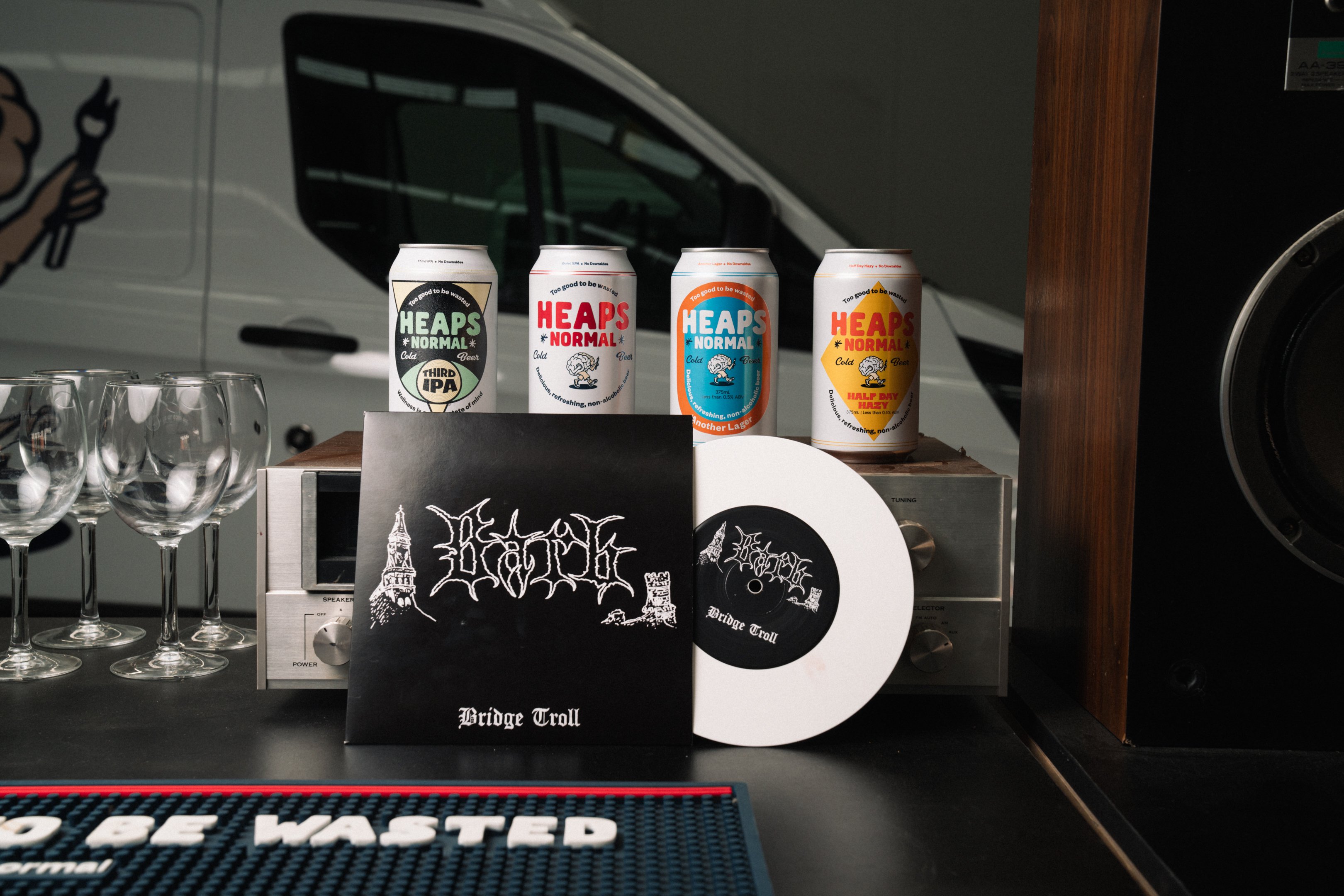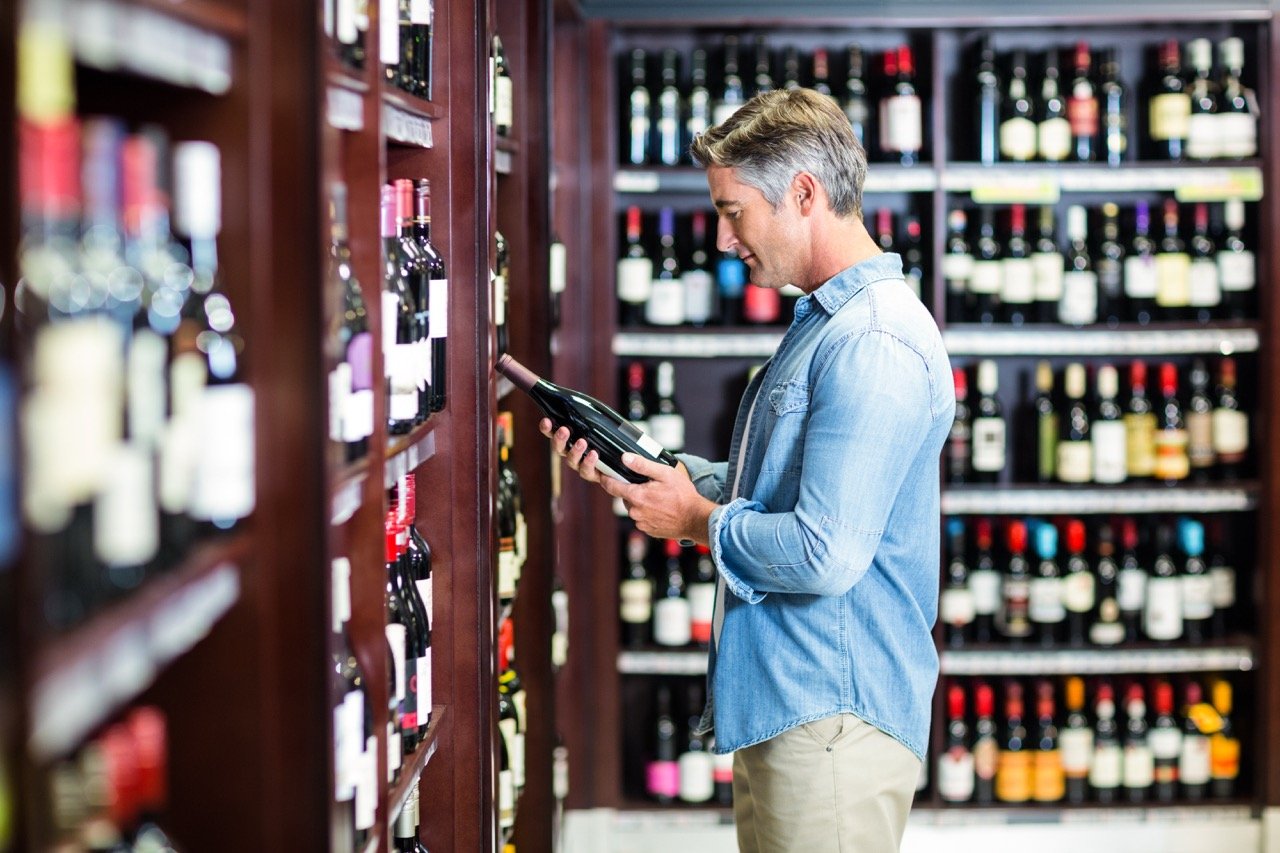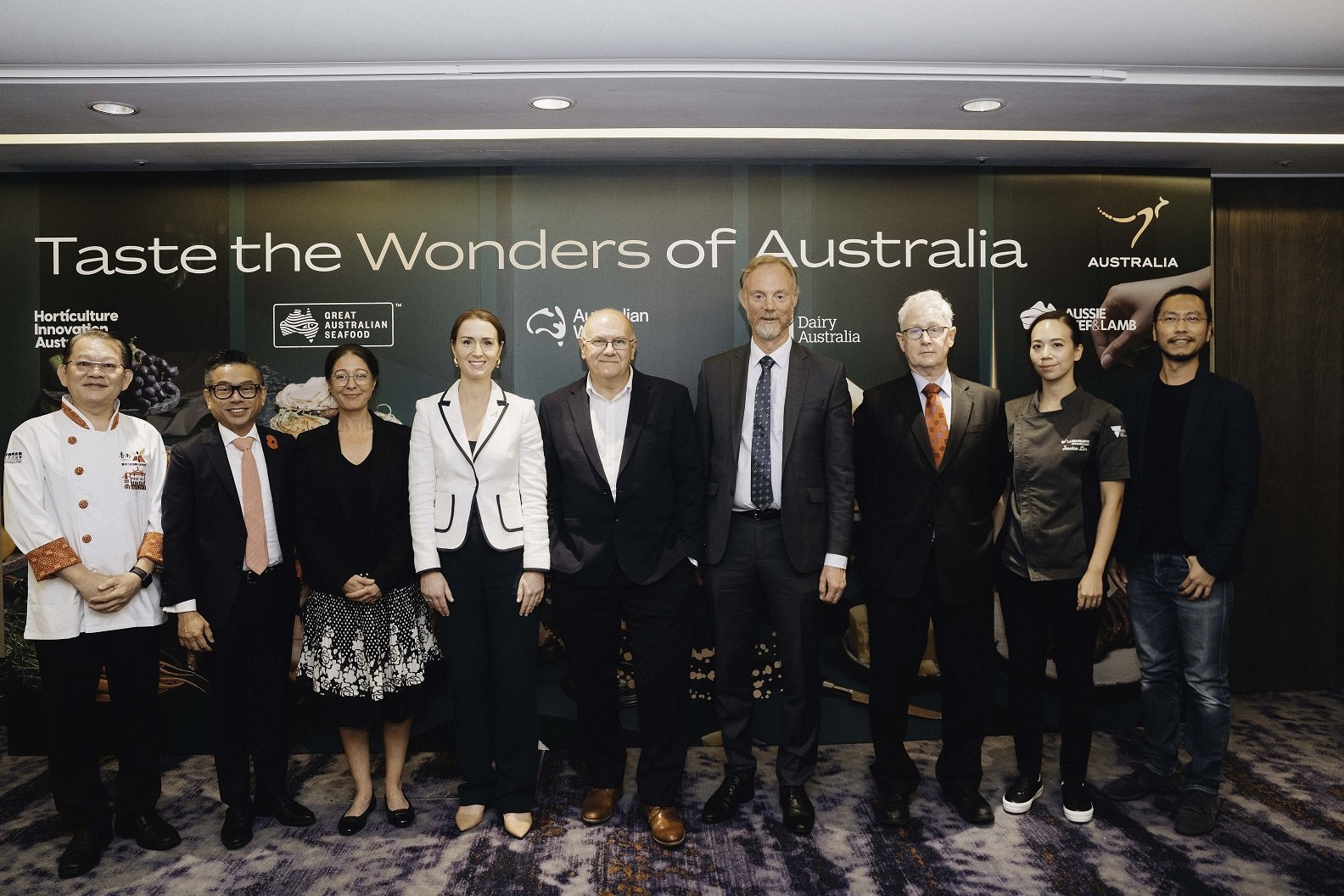A new report from global alcohol tracker IWSR has revealed that wine consumption has dropped in the US for the first time in 25 years as drinkers turn to RTDs and spirits.
Wine sales in 2019 fell by nearly 1% in volume.
Instead, Americans are buying more spirits, ready-to-drink cocktails and alcoholic seltzers.
“Millennials are just not embracing wine with open arms compared to previous generations,” IWSR Americas COO Brandy Rand told The Wall Street Journal . “With the rise in low and no-alcohol products and general consumer trends toward health and wellness, wine is in a tough place.”
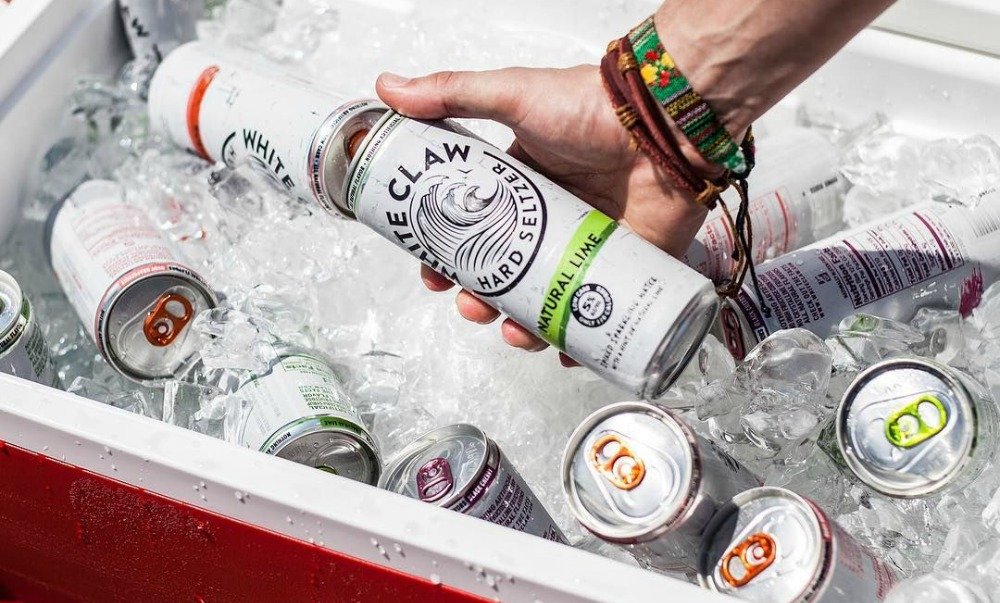
RTD sales surged 50% last year, led by seltzers such as White Claw, Truly and Bon & Viv. IWSR reports its now an $8 billion industry, with sales expected to triple within the next three years.
Constellation Brands recently announced a US$40m marketing budget for the launch of a Corona alcoholic seltzer in March, while AB InBev will advertise its new Bud Light Seltzer during Super Bowl.
Tito's Homemade Vodka has toppled Smirnoff as the country's top-selling distilled spirit, with sales up 20% last year.
Vodka maintained its lead in spirits volume, which collectively grew 2.3%. Other spirits' advances: mezcal (40%), Japanese whiskey (23.1%), Irish whiskey (8.6%), tequila (9.3%), U.S. whiskey (5.5%), and cognac (4%).
Beer sales fell 2.3% — the category's fourth year of decreases. Sales of domestic beer brands fell 3.1%, but craft beer sales jumped 4.1% and low or non-alcoholic beer sales grew by 6.6%.
Also down: cider, which fell 3.8%.
Despite the decline in consumption, spending on wine in 2019 increased by 1.1% to $38.3billion. IWSR reported that US drinkers are willing to pay more for their wine, avoiding $10 bottle bargains.
Decline in wine drinkers predicted to continue
The IWSR is predicting a slight decline in the volume of wine sold and a slight increase in the value of wine sold globally to 2023.
It is forecasting that the volume of still wine sold across the globe will decline by 0.1% per annum and value will increase by 0.8% per annum from 2018 to 2023.
By price point, IWSR predicts that global sales of wines under $US10 per bottle will decline (by 0.6% in volume and by 0.3% in value each year.
In contrast, sales of wines above US$10 per bottle are predicted to grow by 2.6% in volume and 2.7% in value each year.
IWSR predicts sales of sparkling wine to grow in volume by 1% and in value by 2% per annum over the five-year period.
The US is forecast to extend its lead as the world’s biggest sparkling wine market by value in 2023, with sales expected to grow by 4% per annum over the period.
Sparkling wine sales rose 4% in the US in 2019.
IWSR has forecast the global sales of fortified wines to decline by 2% per annum in both volume and value over the period.
State of the US wine industry "bleak"
Silicon Valley Bank's annual State of the Wine Industry report was released this week and also paints a gloomy picture.
In addition to Millennials not embracing wine, the American industry is battling a glut. Grapes went unharvested last autumn in many parts of California and also in the state of Washington.
Rob McMillan, executive vice-president of Silicon Valley Bank's wine division, told Wine-Searcher: "We are without question in one of the most difficult markets in decades. It's worse than the Great Recession, because we still had good demand and worked our way back fast.
"There were some bleak times in the '80s, where a combination of recessions, sluggish business conditions, 20% interest rates, and a very strong dollar corresponded to make selling domestic wine more difficult versus Europe. That was the heyday of Lancers, Riunite, Mateus and Blue Nun. But in the premium segment, I don't know of a time where we had declining (sales) volume and oversupply."
Share the content
